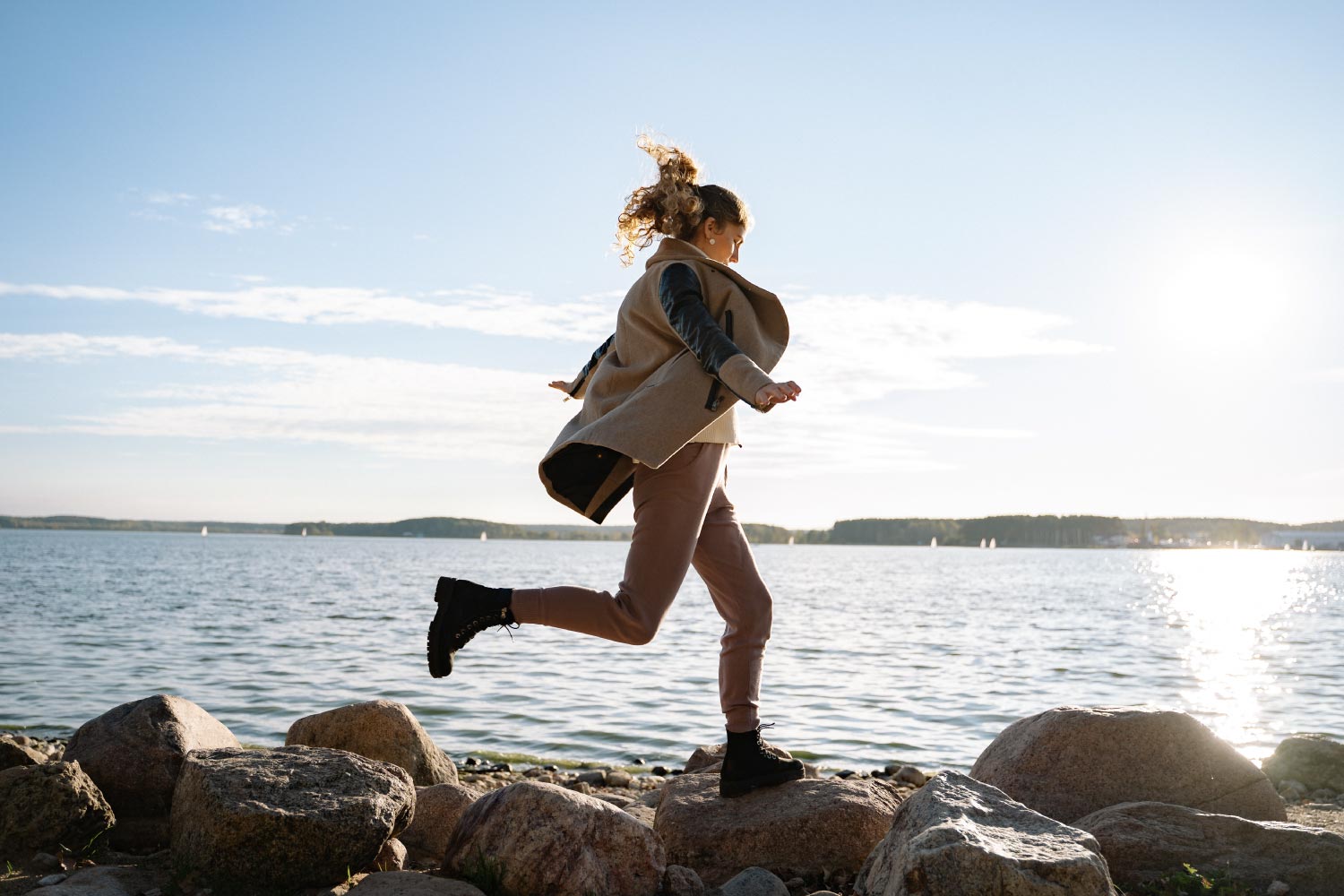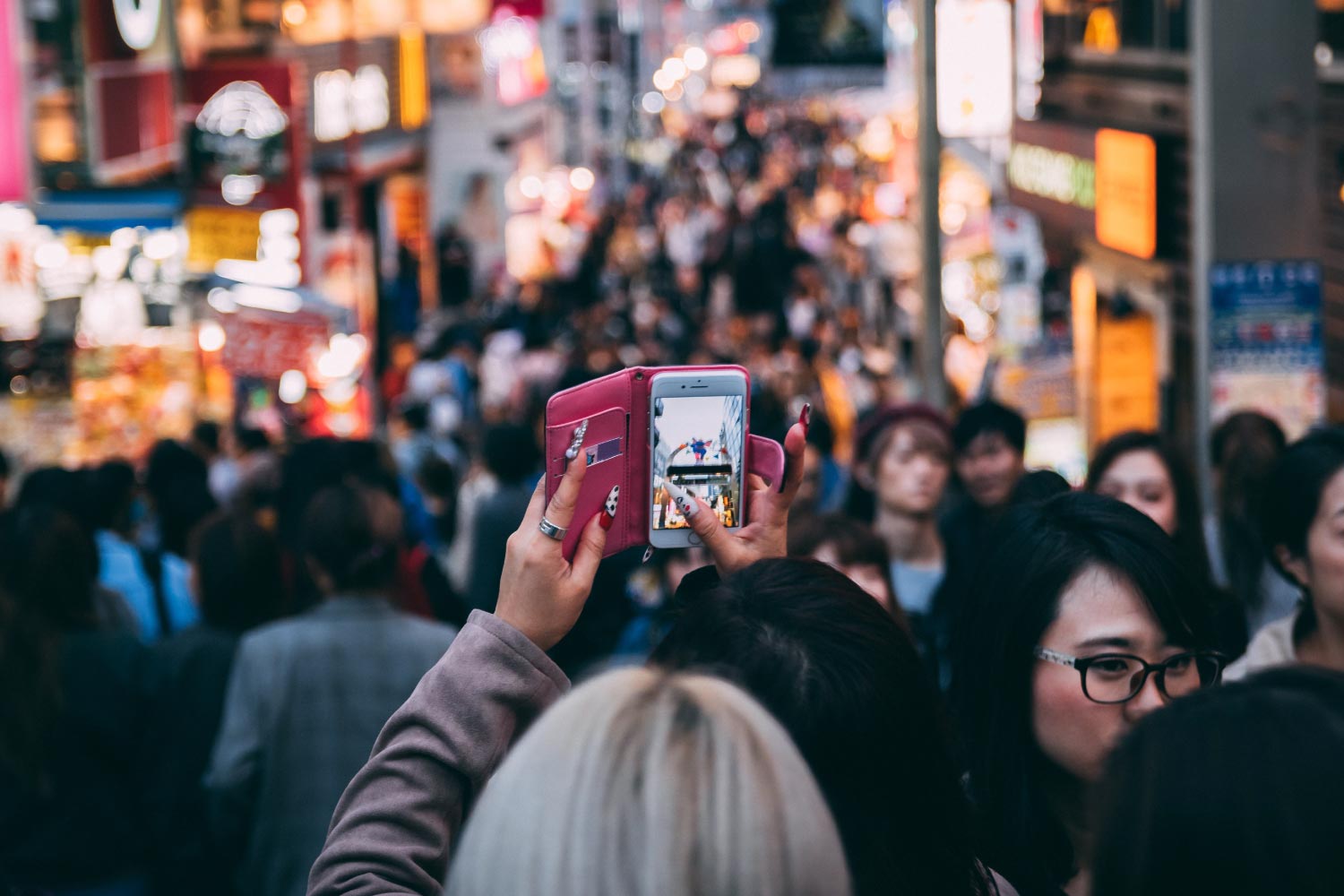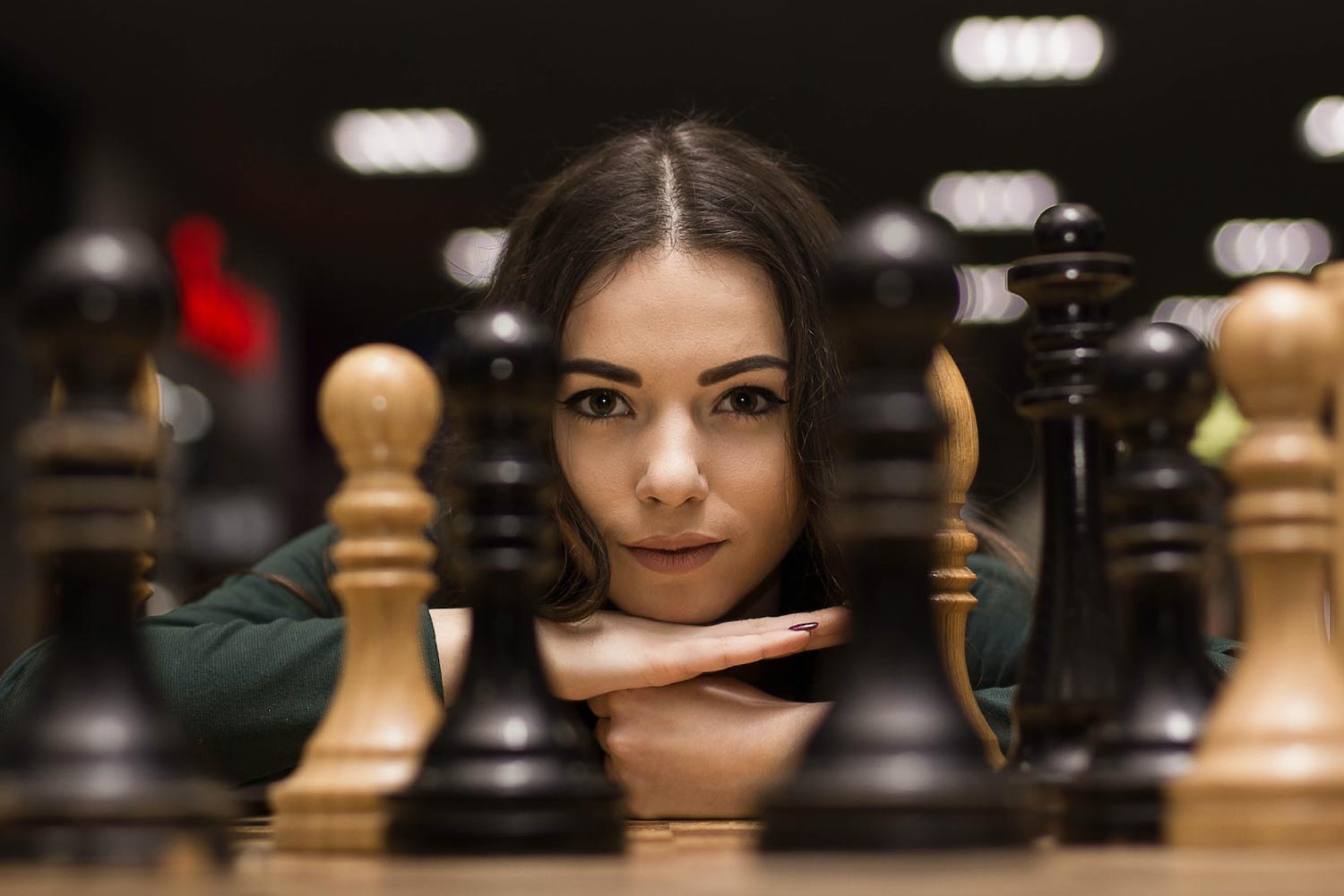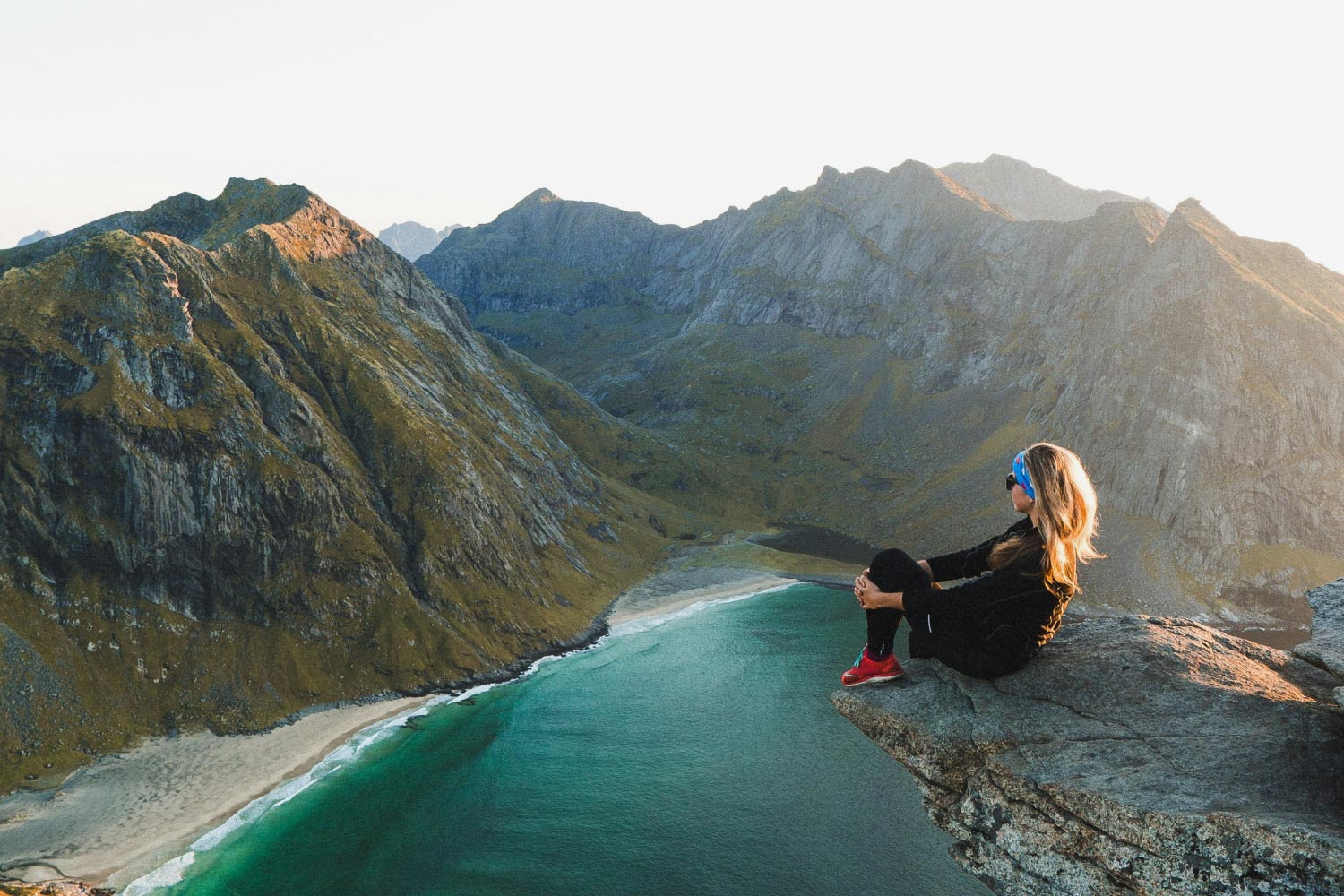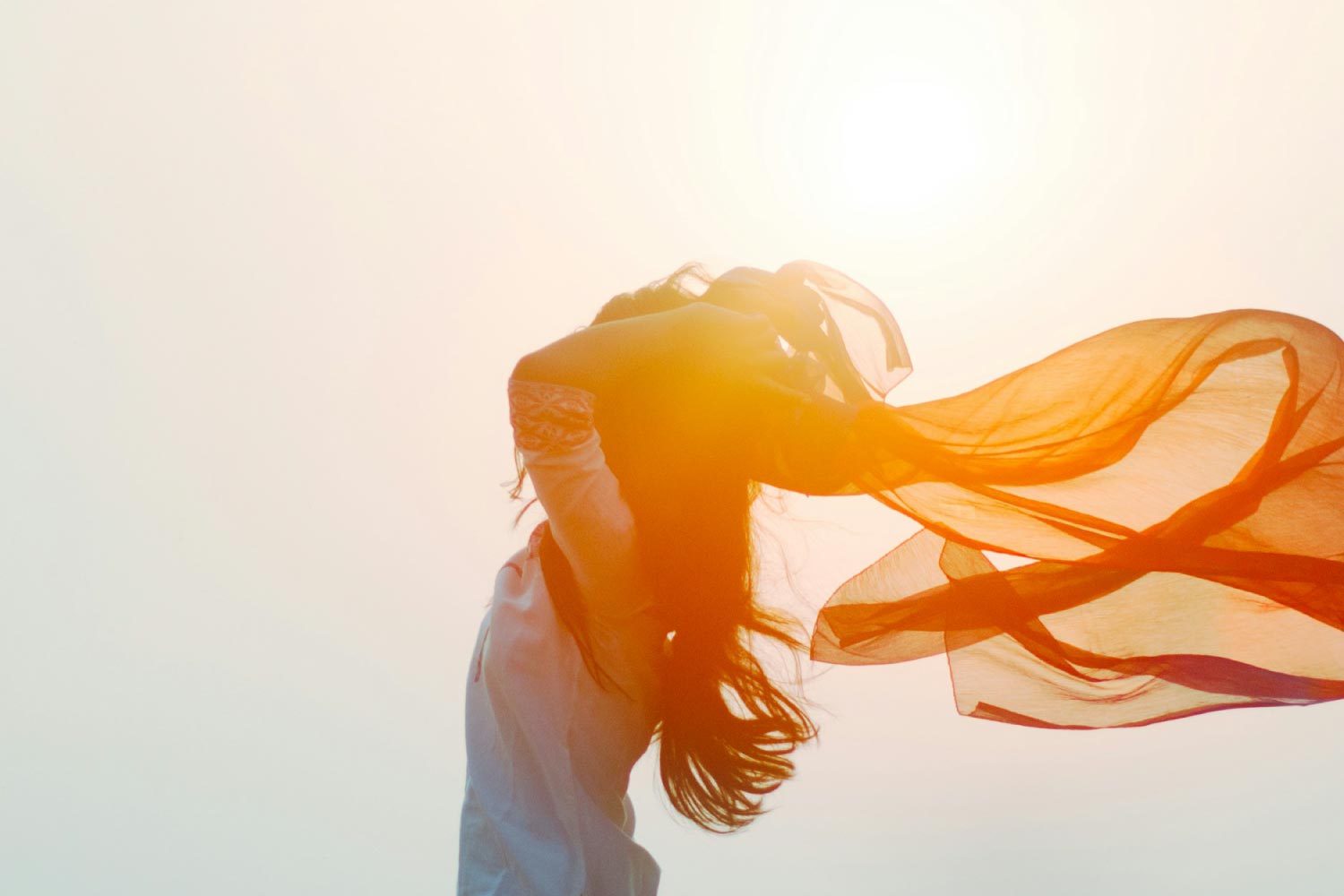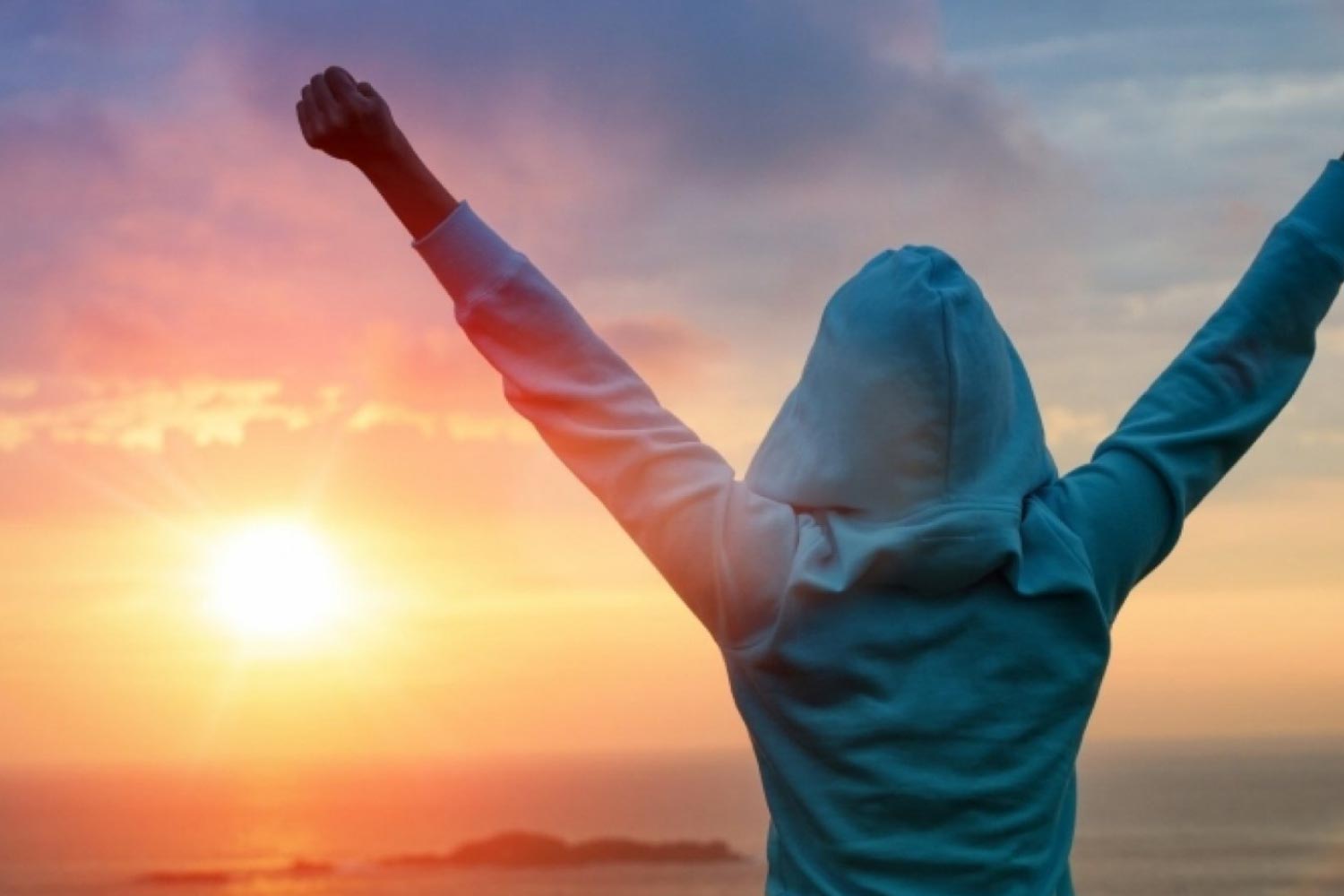Homecoming – Berkeley, California
As I walked into this beautiful Julia Morgan-designed house south of the University of California campus and saw the beaming faces of my roommates- to-be, I felt deep inside that I had crossed an important threshold. Nothing would ever be the same again. It was Halloween evening 1981 and I was 25. Some of my roommates were hopping around naked, trying out outrageous outfits in preparation for a party. They loaded me in their car, included me in their lives, and became my close U.S. family for the next couple of years. A Jewish acupuncture student from New York; a medic at the Berkeley Free Clinic and his art student wife, both from Montana; a very California aerobics teacher with her two young kids; and another East Coaster who rambled Marxist theories nonstop. My home country of Belgium felt very far away among this rich diversity of passionate people. It was as if that evening a deep yearning of my soul, my deep craving for “space” in all its connotations had been answered.
My life with its highs and its lows could be read as a journey in which I walk alongside myself. I have a picture of myself at age 4, going for a walk in the countryside with an uncle, carrying a small cardboard suitcase. The walk felt to me like an exciting world voyage of discovery and feels today like a metaphor of my lifelong quest for space and meaning. It took me onto a path of over 60 years of learning, re-inventing careers, deep friendships, great losses and living in many different places. In that younger version of myself, I can detect the curiosity, spaciousness, and presence which would become my signature in my later calling to host spaces for others. As a facilitator of learning journeys and an executive coach, and as the owner of a B&B.
Daydreaming and looking through the window
Born in Gent, Belgium, as the eldest to a medical doctor and a homemaker mum, I was raised in a conservative, middle-class setting. I was an only child until the age of 5 and did not go to school, nor did I need any toys to entertain myself. My main activity was daydreaming and creating stories around street scenes and people I saw through the window. I remember spending long summer days at my grandparents’ house in the countryside, scouting for a place in which I would not see any human sign around me, longing for a place with only nature around and far horizons.
School at age 6 was an enormous shock and an abrupt stop to my happy childhood years. I abhorred the bars behind the windows of the school building, the dark green uniform, the girls only environment, the curtsying to the Catholic nuns and the harsh, cold atmosphere. My physical space felt infringed upon. But so was another sense of space. There was an implicit class system. Kids from “good” families got better teachers, birthday parties with girls “of your own kind” only. I loved the Bible teaching on “love your neighbor like you love yourself,” which I understood to treat everyone as equal, and I was shocked by the discrimination that I saw around me.
I would sometimes pinch my skin, trying to understand what life on earth was all about. What did it really mean to be human? Why was I here in the first place? In hindsight, I can discern in those early years some more seeds that would determine my journey through life – my love for reflection and sense-making, my need for space, and my deep longing for an inclusive community.
Free spirit rebellion
My free spirit took over when I became a teenager, and I rebelled. I was a girl, OK, but I no longer wanted to play that game. I would grant myself all the rights that boys were claiming – boozing, partying, free love. I shaped my own identity in terms of who I did not want to be, a “nice girl.” Boys loved me because I was like one of them. But many other people turned their backs on me and I felt very misunderstood.
As I approached the end of high school with A+ grades in sciences, it seemed normal that I would become a medical doctor like my father, or a civil engineer. I broke out of this mold, too, and chose a master’s in mathematics out of pure love for the subject. I enjoyed studying, and even more so student life when I moved to another town and was finally living on my own. In the last year of my studies, I realised that my degree could lead only to teaching. Inspired by my father’s international career in pharma, I was curious about working in the “real” world and so I did a second master’s in computer science. The world was buzzing with the birth of the computer age in the mid-70s, and I felt thrilled at the perspective to be part of that!!
During those years, I discovered other values that would continue to be important to me. My love for learning, my sense of adventure, and my curiosity for everything that is leading edge.
So, who am I, then, really?
As I completed my studies, I saw many people around me scurry and “getting quite serious” about career and marriage. These were not motivating options on my table, more like doors closing in on my precious space and possibilities. Luckily my computer science degree was my ticket towards broader horizons. My father understood my longing for freedom and a greater sense of living and became my biggest ally in applying for a research grant in the U.S.
So, at age 25, there I was, settling down in Berkeley, with a one-year paid internship at UC San Francisco. Living in this crazy funny household, working within an international team, continuing my computer science education at UC Berkeley. My one-year internship shifted into ten years of California residency, and a series of IT software development jobs in a big variety of settings: a big corporation in Silicon Valley (at which I felt very out of place with the blue streaks in my hair), and a series of jobs closer to Berkeley with IT startups. It was wonderful. I felt very much at home in that geeky world with so many eccentric people, many of whom are still friends today.
According to the American Dream, I could be anyone I wanted to be. Exciting perspective at first, but giving rise to deeper more complex questions that were harder to answer. Like, if I stopped defining myself as not this or that, then who was I, really? I hardly knew myself. Luckily, I had all the space around me that I had ever dreamt of, the free spirit of the ‘60s still being very much alive in Berkeley at that time. I was living in the Mecca of New Age, with lots to explore – consciousness-expanding experiments, different forms of relationships, New Age ideas, therapy.
Gradually I gave shape and form to the important seeds that had been popping up in my life. I started a regular meditation and yoga practice. I collaged and discovered a love for making art and for artists. I had become a homeowner, sharing my duplex house with inspiring friends, loving the community life. I volunteered on several local projects, especially enjoying being part of a San Francisco collective publishing a free avant-garde art magazine and running a gallery for starting artists.
As software development jobs were abundant, I had the luxury of being able to quit my job whenever I felt like it. Several times I backpacked on my own for a couple of months in Southeast Asia, working here and there, enjoying the discovery of other cultural paradigms, the beautiful landscapes, and many wonderful random encounters. In my job-hopping, I experienced a big range of leadership styles and organisational cultures. My curiosity was triggered by new questions: What does it take to create a sense of excitement within organisations? What is the role of leadership? So, when my U.S. employer opened an office in Amsterdam and asked me to start working as a liaison with European banking clients, I was eager to get out of my cubicle and to work more directly with mapping out new ways of collaboration and working. During the next five years, I worked and lived in Amsterdam, Oslo, Copenhagen, and Stockholm.
In that period, I attended a personal leadership course from the founder of Oxford Leadership that gave me many answers to my question of “Who I am I, really”, and provided me with a compass for life. I discovered how I wanted to make a difference as a bridge-builder, and that I wanted to work with leaders to help them get over the gap between their reality and their aspirations. I wished for people to experience the spaciousness I had found in my own life, and to see and shape their own dreams from there. As a consequence, I enrolled in one of the first coaching trainings in the U.S. at Coach University. Going out on a different ramp again!
Who do I choose to be?
After five years of being a nomad living out of a suitcase in furnished apartments, I was becoming tired. There were beds for me in several places, but I did not have a place that I could call my home. My house in California was rented out. U.S. Immigration had me on their radar for being out of the country more than allowed with my Green Card. My job with my U.S. employer did not offer any learning anymore. I had a community of friends dispersed throughout the world but no stable companion. My relationship life had been nowhere and everywhere, as I put other things first.
It was time again to undertake a big leap, and this was the scariest thing I ever did. Having no partner, no family of my own, no home and no more job, I decided to move back to Belgium after having been abroad for 15 years. I felt the pull to live closer to my aging parents, and to take up my role as godmother to my brother’s children. Yet I was so afraid of the small world closing in on me again. My inner voice was whispering to me. “If you can be happy here in Belgium, you can be happy anywhere.” My challenge became to really anchor myself in the principles that had become so dear to me – space, adventure, learning, meaning, shape-shifting.
It was hard to rebuild my life from scratch and it took time. But after a couple of years, I found myself in charge of internal change projects with a fast-growing startup in speech technology. It was super exciting and I felt very proud to be there. I had become a homeowner of a beautiful modernistic building in my hometown in which I opened a B&B called “Four Corners” as a way to call on people from all over the globe to come and stay over. And I was in a “living-apart-yet-together” relationship with an artist, who became my best buddy. So, at 40ish, life looked quite promising.
There is no uphill without downhill. My employer was accused of fraudulent financial transactions and went bankrupt. This was heartbreaking. I lost track of my compass and I ended up accepting the first leadership job that came my way. From the moment I walked in the door on my first working day, I sensed that it was wrong. I stayed on anyway and quit only after two years of barely surviving in a culture driven by fear and aggression.
I reconnected with my love for learning and took a leadership position with a local college. The department was doing action research projects around change and leadership. The job gave me a unique opportunity to be entrepreneurial and to deep-dive into change-related subjects. Unfortunately, I kept running into walls when I offered out-of-the-box ideas to my bureaucratic management.
In that period, my partner was diagnosed with incurable cancer. He moved in with me, and for six months I was combining a full-time and frustrating job with being his main caregiver. Taking leave from my partner was the saddest and most raw and yet also in a strange way the most beautiful experience of my life. Maybe for the first time ever, I had the sense that I was no longer standing behind the window looking at myself and life, but that I was doing something of real value. It was as if all of a sudden, I found myself in the midst of life and of what matters most. The grief and loss, combined with the accumulation of jobs that had turned sour somehow took their toll, and I crashed with a burnout just before my partner’s death.
It was a wake-up call to go back to the drawing board. Which signals had I missed? Which turns had I taken, and why? Where had I been untrue to myself? And, most importantly, who did I choose to be? I returned to the essence of the personal leadership course that I had taken many years before.
I had been organising my work and my life around the purpose of helping people and organisations to bridge the gap between where they were and where they wanted to be, symbolised by my beloved Golden Gate bridge. And I realized that I had been using this purpose as a measuring stick of success, cultivating a sense of failure when the other side was not reached.
As part of my recovery, I went walking often in nature and took a mindfulness course to settle the unrest in my head. I discovered several schools of conscious movement that were not only fun and healing, but also helped me develop my own somatic intelligence. And slowly but surely, a variation on my purpose did crystalise. I still saw myself on that Golden Gate bridge; not as someone who needs to get others across, but more as a “compagnon de route” (companion) who walks along, listening, sense-making, nudging, bringing spaciousness and a sense of what is possible.
So, I re-invented myself again in 2010 and started my own business as a consultant, coach, and trainer. I got involved with the biggest charitable NGO of Belgium as a project member working on leadership development among disadvantaged youth. I reconnected with Oxford Leadership, where I am celebrating this year my 10th anniversary as a leadership consultant. I feel very, very fortunate to be surrounded by a global community of talented colleagues who have become dear friends and to do meaningful work that I love.
The loss of my partner brought me closer to a new companion whom I had known for many years. We got married in a small Buddhist ceremony in the Bay Area, overlooking the Golden Gate Bridge, surrounded by my American circle of friends. He is a true “compagnon de route” to me, and we continue to shape our lives together around art, family, travel and hosting people.
Eldership
Three years ago, I turned 60. I had a bicycle accident. I broke my shoulder. It healed badly, so bye bye perfect downward-facing dog in yoga class. A confrontation with the frailty of my own body giving rise to sometimes paralysing questions such as “What still needs doing? What truly matters?”
I have been observing different strategies of how people deal with becoming older, grace and ease and joy for some, anxiety and rigidity for others. I am watching my 88-year-old mum who is slowly losing her cognitive capabilities, yet I see so much delight in her. Which brings me back to the key question: “Who do I choose to be – now as an elder?”
How real is it to see aging only as a diminishing or a restrictive condition? Some friends of mine decided that they would start counting backward at each birthday, and they found that a liberating experience, stepping away from identifying with a number. My world may become smaller, more centered around a specific place. But I have the choice to continue to nourish the sense of spaciousness within. There is so much more to be curious about, inside and outside. Work and retirement have become fluid concepts. What matters is what is present to me and how I am present to that. I have a strong ground under my feet carved out over time by my trajectory, my values, my loved ones, my meditation practice. I can trust that life does take care of itself and that I can shape-shift into what is needed at the moment. The loop feels closed for now.
I see my life at this moment as putting one foot in front of the other. As I have done all of my life, really, but now with more with ease, presence, and intentionality. I savour and love to share the wisdom and the wildness that come with eldership, especially with younger women professionals still exploring who they are to become. Joy and gratitude have taken a more prominent place in my life. Small and slow have become more and more beautiful. A warm get together with friends or family, watching birds in the garden, an impactful conversation, the spaciousness of a beautiful landscape. I get up each day and I sit on my pillow, opening up to the surprises the day will bring, and with the firm intention to be a kind “compagnon de route”. That’s all that needs doing. Being is more than enough.

Karin Verhaest
Leadership Companion, Belgium
